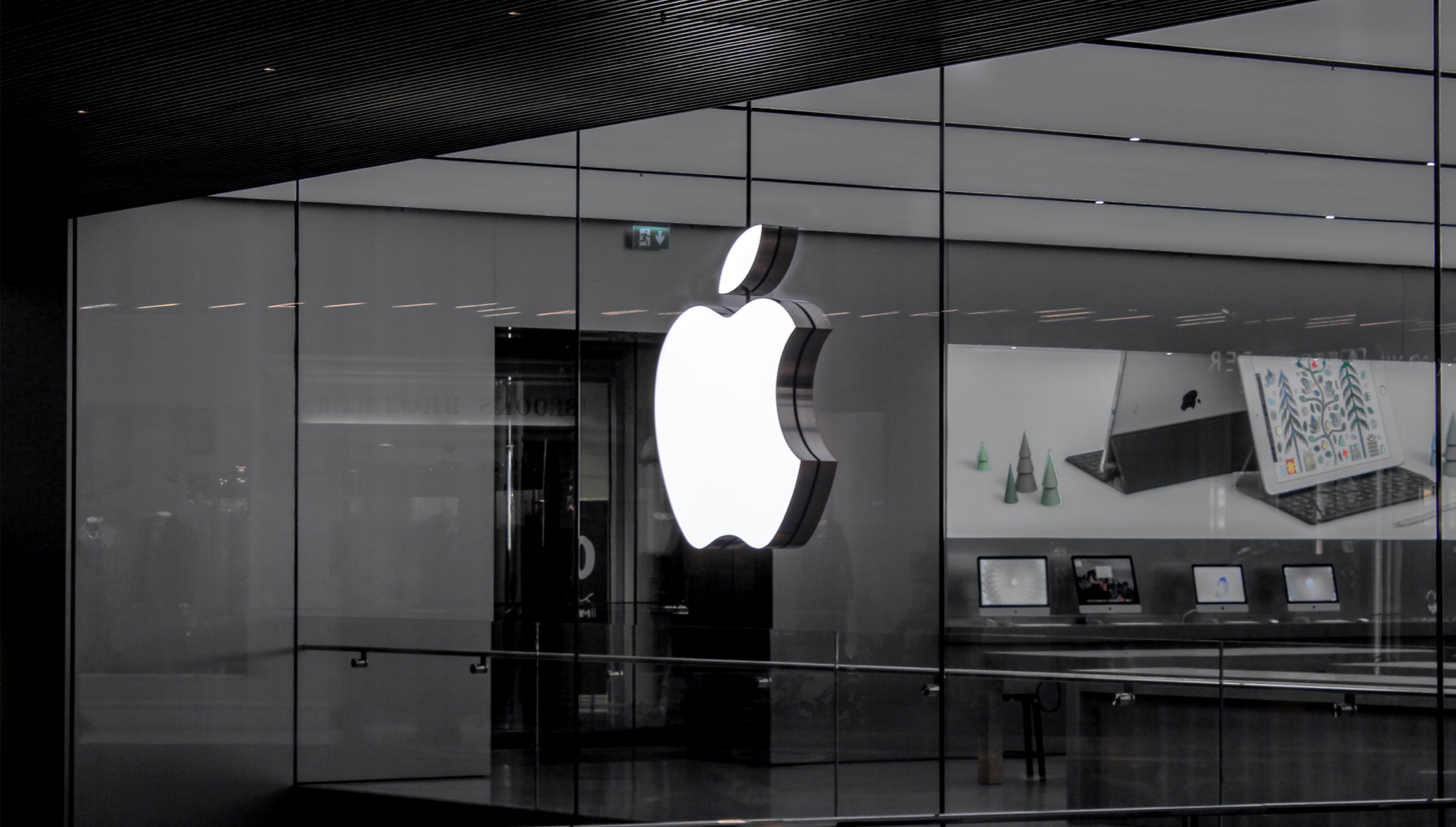Is there a formula for successful branding? While it could be a case-to-case basis, the main consideration in branding is to make the look and the message unforgettable. Effective branding creates a powerful go-to mentality in customers, which requires an effective combination of design, theme and marketing voice.
One of the primary components in branding is brand identity. Brand identity design is your branding applied in key visual aspects. These include the logo, typography, colours, packaging and marketing message.
Essentially, branding is the broader philosophical concept, and brand identity design represents the visual and tactile aspects of the brand. It's a delicate balance—brand identity design can attract new customers to the products and services while maintaining the relationship with existing customers.
What Makes Brand Identity Design Effective?
A strong brand identity design works for everyone—your business team and creatives and, most importantly, it should resonate with your target customers. You need to consider these factors:
Uniqueness
Your brand identity design isn't contingent on a competitor. It should stand out and catch people's attention but in a good way. Research suggests that it only takes seven seconds to make an impression on a potential customer.
Memorability
The brand identity's design assets are so memorable that people immediately know what it is (e.g., McDonald's “M”, Apple’s “apple” or Nike’s “Swoosh” can stand alone and it's still recognizable).
Credibility
Marketers say that brand identity is more than the logo. Brand identity design doesn't only make the product memorable—it makes that option the choice in a sea of options. A brand that's able to start with an effective brand identity design and keep it consistent motivates customers to trust it over competitors.
Flexibility
A good brand identity design can work in a variety of applications, such as web and social media, print, virtual, etc.
Cohesiveness. Think of the whole design package as a symphony. Every component works harmoniously with each other, reinforcing the message and personality of the brand.
Scalability
The brand identity design can grow and evolve along with the brand. If there are any changes to the brand's products, services and company direction, an effective brand identity design can still move alongside changes.

Why Is Brand Identity Design Important?
While quantifying the value of brand identity is impossible, a strong brand identity design certainly benefits the business' bottom line. For example, companies with a strong brand identity are able to create buzz around a new product prior to its launch. If there's already a good following from customers, there's far less need to spend on that particular launch compared to an unknown brand that hasn't connected with the target niche yet.
Brand identity design separates your product mainly because of the likeability factor of the entire brand. Why else would giants like Nike and Adidas prevail in sales when there are countless running shoe options from other brands? The main reason is the strong sense of brand identity—these brands have captured the loyalty and attention of customers with their effective logo, brand messaging, ads and other visual aspects.
Another significant benefit of brand identity is that it attracts new customers and, at the same time, creates advocates out of your existing customers. An effective brand identity design gives a sense of belonging to the one who purchased the good or service. Research states that first impressions are vital in converting a customer to a loyal one. Ultimately, these customers would want to share their positive experience with their network of people.
Brand Identity Design Best Practices
Since brand identity design is crucial, let's discuss how businesses can establish it successfully:
Clear Purpose and Positioning
Whether you are creating a brand-new branding identity design or rebranding an existing one, it's important to go back to the drawing board and be clear about these details as a team. What is the purpose of your brand? It will be a struggle to carve a personality out of a brand if its main mission is not clear.
Moreover, what the brand offers should have clear value. What is the value proposition for customers? How are you different from your competition? These set yourself apart and lay the groundwork for increasing customer loyalty.
Market Research
While your own set of values and mission reflects on the entire brand identity design, there's merit in gathering market data and consumer research to further inform your brand identity.
There are numerous tools that facilitate market research, but the best approach is to talk to people. Phone interviews allow detailed discussions and clarifications, and focus group discussions can hone in on emotional aspects.
Design That Makes Sense
While design is pretty subjective, there are still design conventions and tastes that are timeless and appealing to consumers. From the logo, colours, typography and even vocabulary—all of these bring your brand identity to the forefront.
With your team, examine what you want people to see or feel when looking at the brand. Whether you are after fun, quirkiness, sophistication, etc.—all of these will require substantially different takes in terms of design. A good exercise is to come up with several samples just to see if a particular brand identity design evokes the same emotion across individuals. This way, the team determines if there's a discrepancy in how the message comes across.
For the logo, the simpler it is, the better for flexibility and scalability. It needs to fit nicely on a huge billboard and on a small social media reel.
Brand Identity Design for Scaling Growth
Brand identity design is not a walk in the park. To conceptualize and manage the total package, businesses would do well to work with a professional design team to create powerful brand identity assets. This is to ensure that the logo, supporting graphics, typography, message and language are cohesive, simple and impactful. Managing posts and ads will also be more effective if there is expert management to handle the work and make it consistent all throughout.




